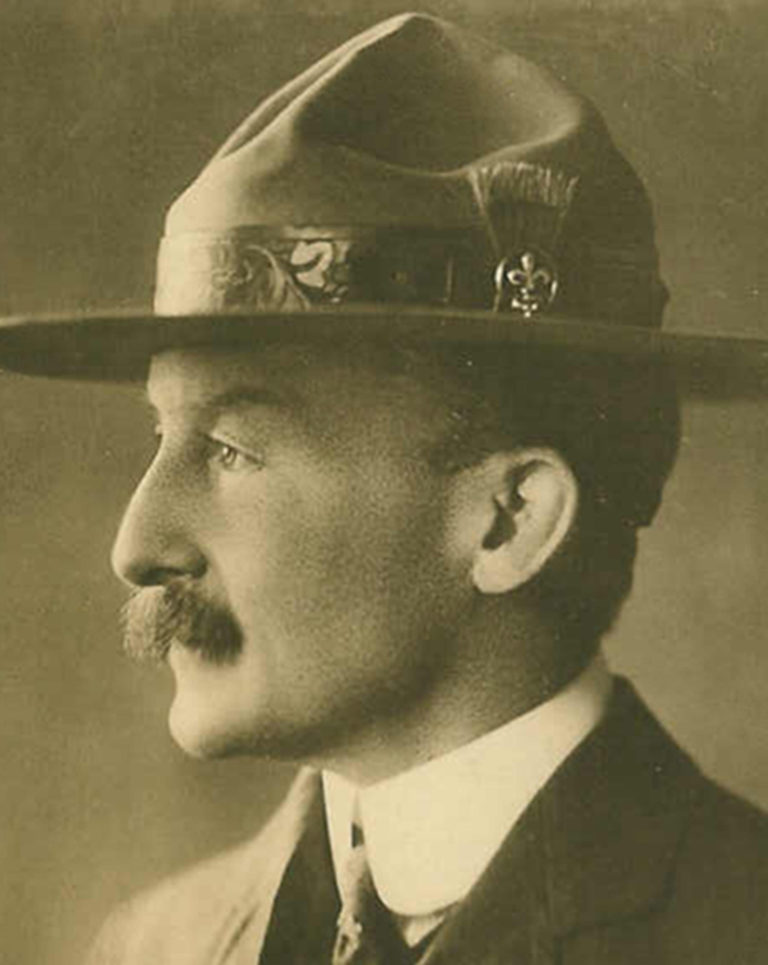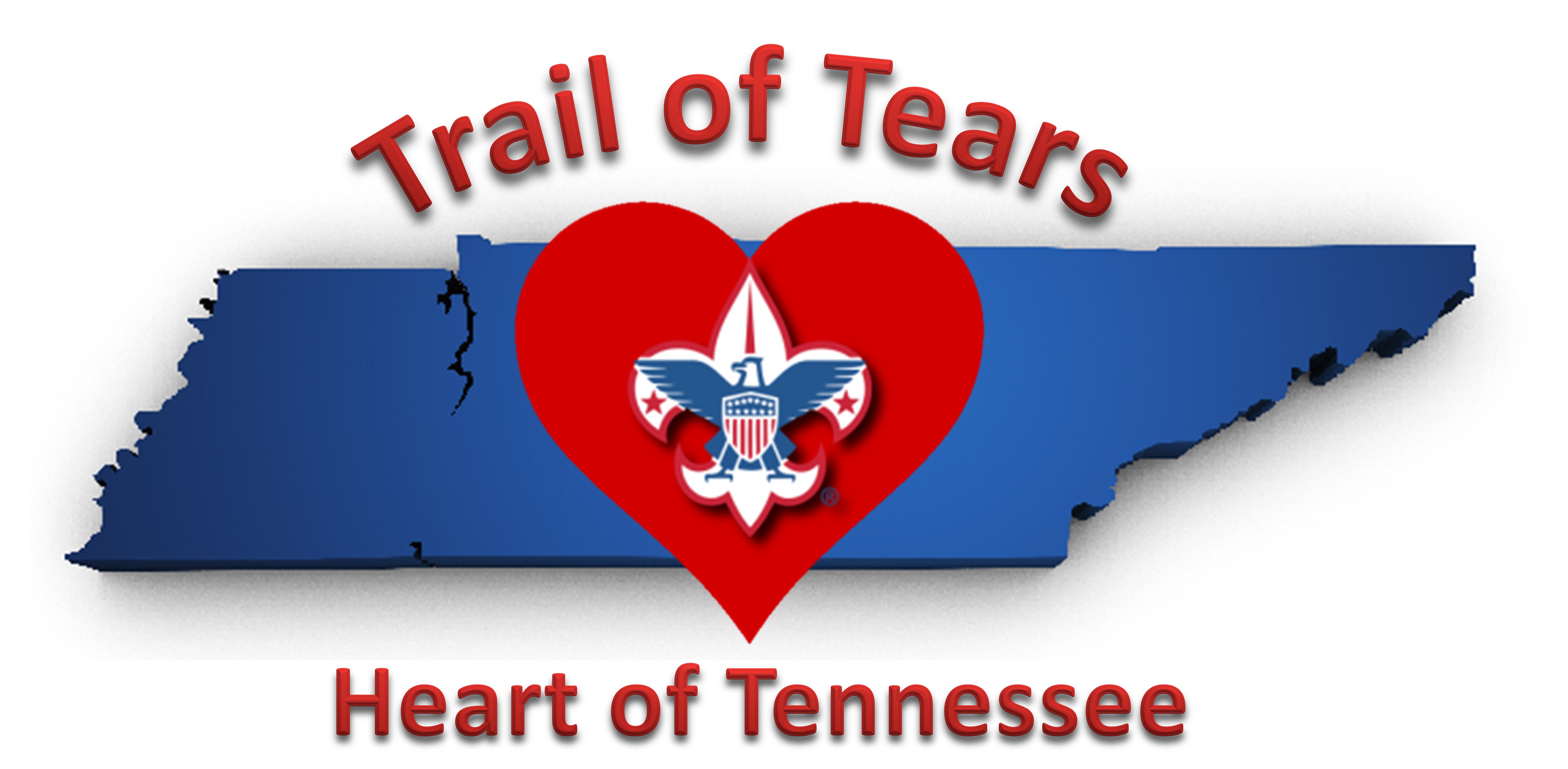
Almost every month has a designated national health observance to remind people of important health issues. February is American Heart Month; National Breast Cancer Awareness Month happens in October, and November has Movember. This month’s campaign, which has been popular for the past decade or so, encourages men to grow mustaches to raise awareness of men’s health issues, like prostate and testicular cancers as well as mental health.
If you’re growing out your whiskers this month, whether to participate in the campaign or just for fun, here are several Scouting leaders who sported facial hair that you can aspire to emulate.
Robert Baden-Powell

The founder of the world Scouting movement wore a dashingly bushy mustache for much of his life. It might take you more than the month of November to achieve a thick ‘stache like Baden-Powell’s. And while it could be tempting not to touch your facial hair while it grows out, it is important to keep your hair well kept.
Staff at Boy Scout high adventure camps are reminded to make sure their hair is “clean, neatly trimmed and shows evidence of good grooming.”
A Scout is clean in all aspects of life. To quote Baden-Powell’s Scouting for Boys handbook: “Scouts are always tidy, whether in camp or not, as a matter of habit. If you are not tidy at home, you won’t be tidy in camp; and if you’re not tidy in camp, you will only be a tenderfoot and no scout.”
Daniel Carter Beard

Technically, the rules of Movember call for men to only grow mustaches. However, another similar awareness campaign this month accommodates those who would like to grow beards, too: No Shave November. And if you’d like to sprout some hair around your cheeks and chin, why not style your beard after a Scouting founder named Beard?
“Uncle Dan,” as he was known to boys and leaders, helped form Scouting in the U.S., designing the original Scout uniform and introducing elements of the First Class badge.
Like Baden-Powell, Beard maintained a similar look during his Scouting days, sporting a white goatee. The bearded look can appear a little more rugged than just a mustache, fitting in well with the pioneering spirit Beard instilled into Scouting.
William Howard Taft

America’s 27th President served as the BSA’s first honorary president, a tradition still practiced today. One tradition that didn’t continue though was presidential facial hair. Taft was our last U.S. President to sport facial hair, and while it is true President Harry S. Truman did grow a few whiskers while on vacation, the look didn’t compare to Taft’s magnificent handlebar.
Taft’s presidency lasted from 1909 to 1913 during Scouting’s infancy in the U.S.
“I am very glad to give my sympathy and support to such a movement as this,” Taft said of Scouting. “Anything that directs the boy’s spirit in the right channel for usefulness and for the making of manly men should be encouraged.”
Taft wasn’t the only mustachioed U.S. president that was involved in Scouting. His predecessor, Theodore Roosevelt, served as BSA’s honorary vice president and Chief Scout Citizen. Roosevelt served as a troop committee member and council commissioner in New York.
Ernest Thompson Seton

The Boy Scout Handbook‘s first author wore an impressive mustache. Seton sometimes had a full-bodied ‘stache that appeared similar to actor Sam Elliott’s look in the movie Tombstone. Other times, it was quite neat and fashioned into a perfect handlebar.
Seton had a strong interest in the outdoors and established youth organizations in 1902 and in 1921 to share that interest with boys and girls. He served as Chief Scout of the BSA and incorporated many of Scouting’s traditions.
In addition to the Boy Scout Handbook, Seton penned dozens of books and stories. His personal collection is housed at the Seton Memorial Library at Philmont Scout Ranch.
Charles L. Sommers

You might recognize the name from the BSA’s canoe base in Minnesota. Sommers, who often wore what’s called a Chevron mustache, was a Silver Buffalo recipient in 1930.
A business executive, Sommers was also a member of the BSA’s National Executive Board, a Board of Regents member at the University of Minnesota and was instrumental in bringing Scouting opportunities to boys in his area.
The canoe base in Ely, Minnesota, bore his name after a lodge was built in the 1940s. Sommers was an avid canoe trip organizer and participant and was the first chairman of Region X Canoe Trails. The base welcomes more than 4,000 Scouts each year for wilderness treks in the Boundary Waters Canoe Area Wilderness.
William D. Boyce

The founder of the Boy Scouts of America also wore a Chevron-style mustache. A Chevron mustache is described as a basic mustache that grows above one’s upper lip, stopping at the edge of the mouth.
Other styles of mustaches include the handlebar, which curls at the ends; the horseshoe, that grows around the mouth and down; the pencil, which is very thin; and the walrus, a very thick mustache that covers the upper lip (and maybe the lower lip depending on how ambitious its wearer is).
Boyce incorporated the BSA in 1910 after a trip to London, where he was helped by a Scout who refused a tip for doing a Good Turn. The gesture inspired Boyce to bring Scouting to America.
Edward Urner Goodman

Another classic Chevron mustache, here worn by the co-creator of the Order of the Arrow.
Goodman not only helped create the OA along with Carroll Edson in 1915, but he served as the BSA national program director for two decades during the 1930s and 1940s. He expanded Scouting training programs, writing the Leaders Handbook. He also oversaw the publication of Boy Scout handbooks and the first Field Book.
The Order of the Arrow has more than 170,000 members nationwide.
Powered by WPeMatico
